How to Decrypt Ransomware Files – And What to Do When That Fails
eSecurity Planet
OCTOBER 18, 2022
First, call the cyber insurance company that issued the organization’s cybersecurity policy. Most insurance companies require specific incident response vendors, procedures, and reporting that must be met to meet the standards to be insured. The First Calls After an Attack. How Does Ransomware Encryption Work?

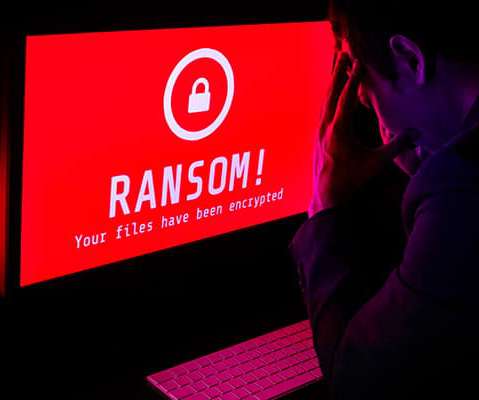
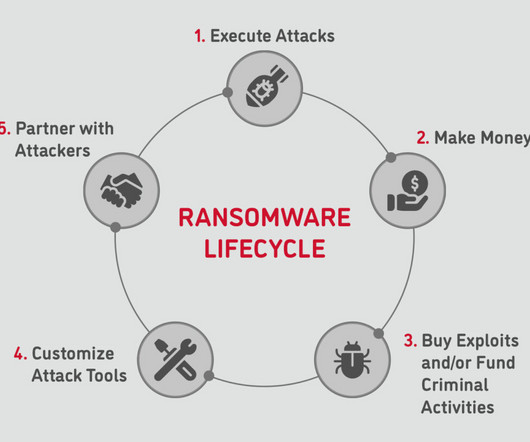
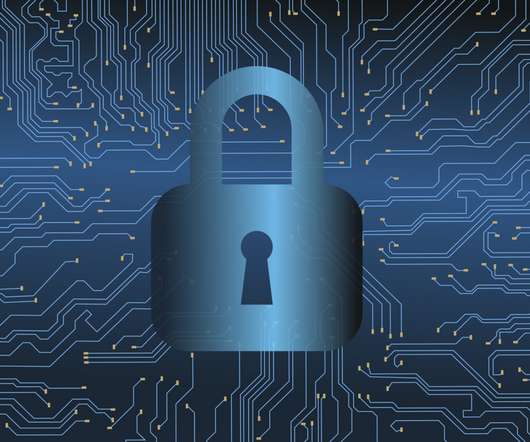


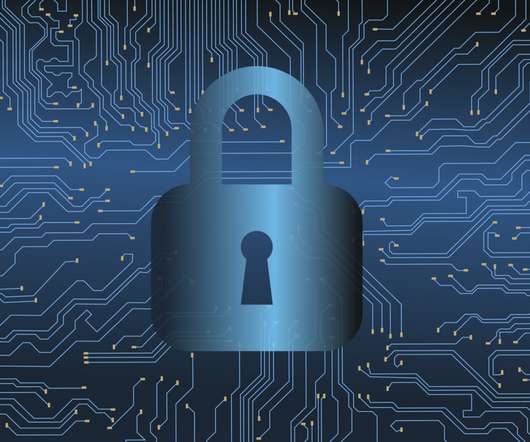
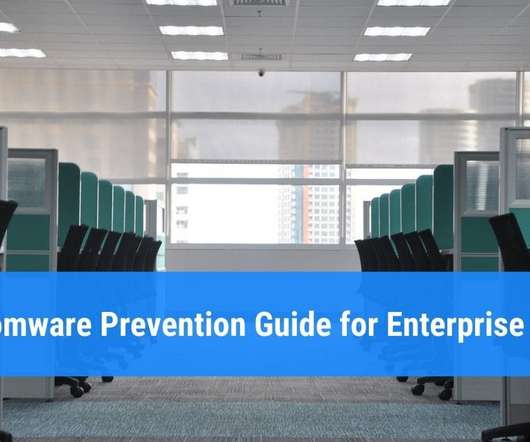






Let's personalize your content